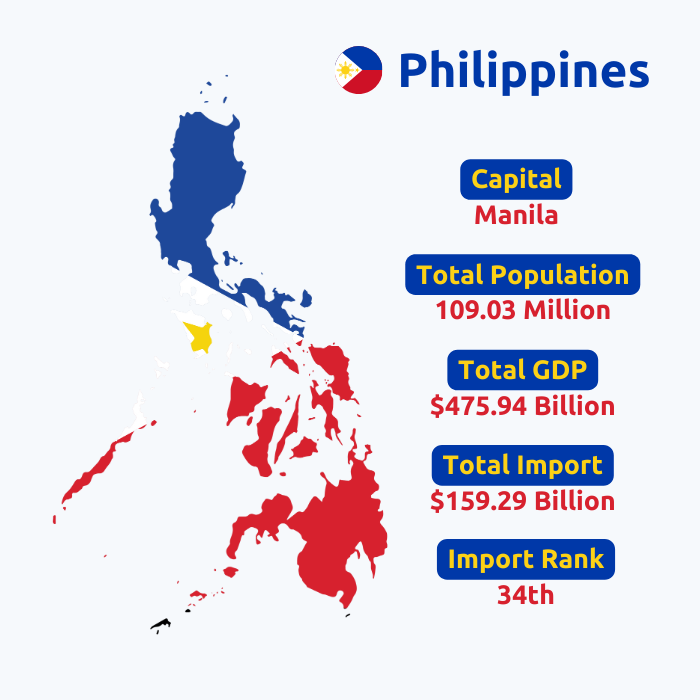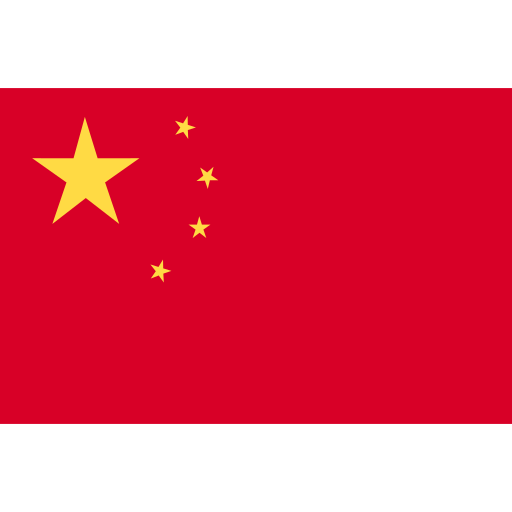Sample Data
Significance of the Philippines Import Data
We obtain trustworthy data from organizations, shipping businesses, and customs ports. This Trade Data
contains a wide range of fields, such as HS codes, product descriptions, prices, quantities, origin country,
destination country, and port names together with currency values. For traders and marketers, this trade data is
crucial information that helps them to make informed decisions. From the HS codes and product descriptions to
the quantity and cost of each product, everything can be obtained through this trade data.
We have included a sample of this trade data for your convenience and greater understanding so
that you can see what the trade data looks like as a whole, with complete details.
Analyzing import data allows businesses to form informed opinions regarding their sourcing strategies, pricing, and target requests. According to the customs database for the imports of the Philippines, with a value of $27.14 billion, electronic machinery and equipment were the top imported goods into the Philippines in 2023. The import data provides precious perceptivity into the demand for specific products, provides shipment details such as HS code, importer name, and more, identifies rising trends, and helps in assessing the competitiveness of domestic diligence. Also, policymakers use import data to assess the impact of trade programs and apply measures to foster profitable growth. The Philippines, known for its vibrant frugality and strategic position in Southeast Asia, imports a different range of products.
So, as you can see, we obtain trustworthy data from organizations, shipping businesses, and customs ports. The trade data contains a wide range of fields, such as HS codes, product descriptions, prices, quantities, origin country, importers/exporters names and addresses, destination country, and port names together with currency values. For traders and marketers, this trade data is crucial information that helps them make informed decisions. From the HS codes and product descriptions to the quantity and cost of each product, everything can be obtained through this trade data. We have included a sample of the trade data for your convenience and greater understanding so that you can see what the trade data looks like as a whole, with complete details.




